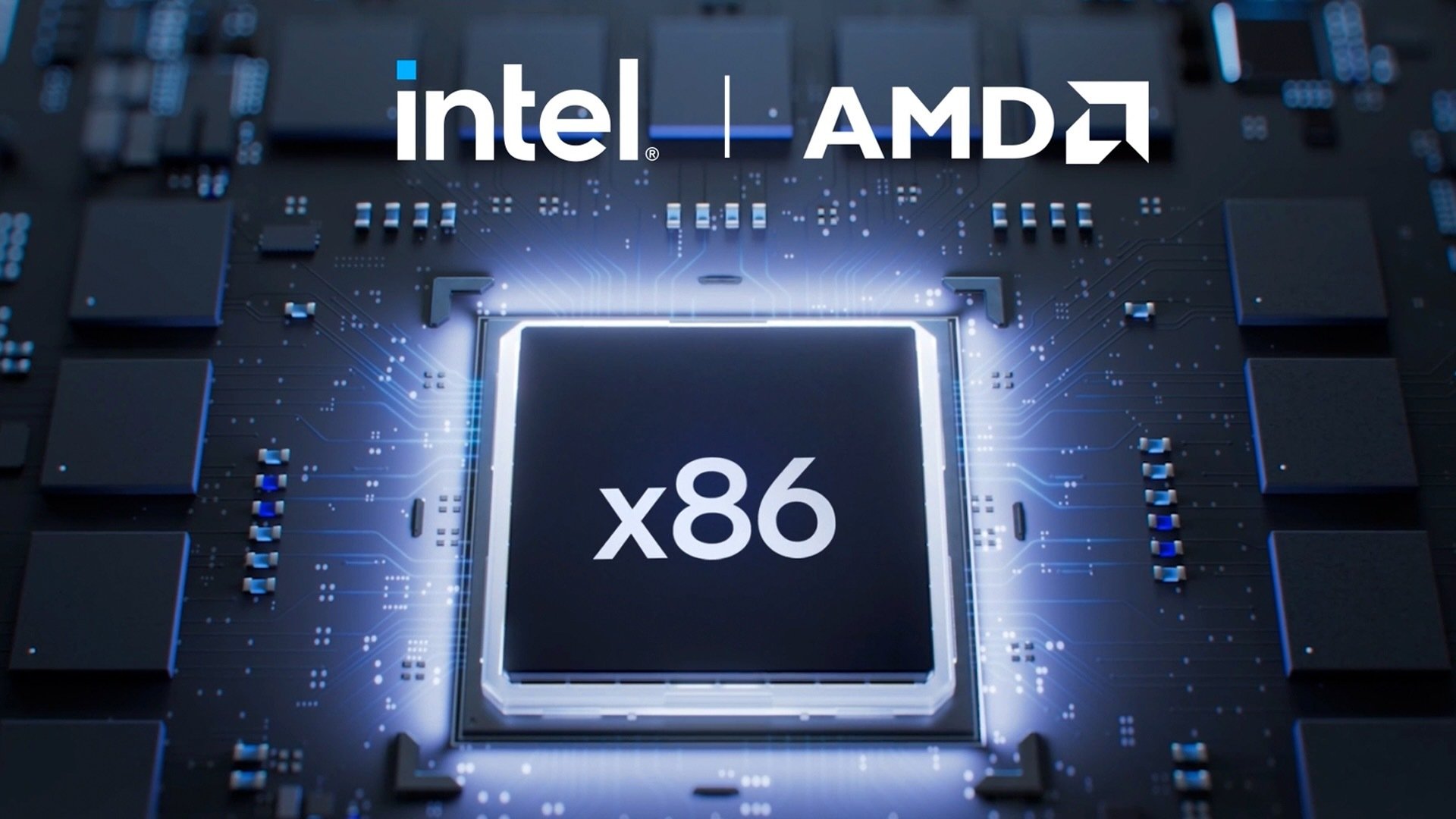From Intel to AMD: A Journey of Reliability and Performance
In the ever-evolving world of computing, a pivotal choice often determines the trajectory of a user’s experience: the option between AMD and Intel processors. Recently, many users have been swapping their reliable Intel machines for AMD’s robust Ryzen CPUs. This transition beckons a deeper understanding of not just performance metrics but a holistic view of user experience, reliability, and technological evolution in personal computing.
A Personal Story of Transition
A year ago, my trusty System76 Thelio began experiencing issues indicative of obsolescence. The USB ports started failing, which cascaded into a series of malfunctions that rendered the machine nearly unusable. At that juncture, it was evident that I needed a fresh start, especially as my System76 had outlasted many competitors, proving its worth in both reliability and performance.
Believing in the philosophy of quality over quantity, I contemplated what my next machine should be. The choice between Intel and AMD loomed large. Given that System76 offered both Intel’s offerings and AMD’s Ryzen alternatives, it was time to weigh my options.
 The evolution of computing: From System76 Thelio to the new AMD setup.
The evolution of computing: From System76 Thelio to the new AMD setup.
The stunning performance of AMD Ryzen CPUs ignited my curiosity. Influenced by notable figures like Linus Torvalds, who famously transitioned to AMD after critiquing Intel, I found myself open to the possibilities Ryzen offered. Though the Threadripper was out of reach financially, the sheer power suggested by other Ryzen models appealed to my need for robust multitasking capabilities and dependable performance.
The Stability Debate
Throughout my time with Intel processors, I had noticed an unsettling shift in performance. Historically, Intel CPUs were synonymous with stability, but the aftermath of the Spectre vulnerability seemed to disrupt that reputation. Post-mitigation, I experienced a surge in kernel panics - an illustration of how accommodation often comes at a cost. Such setbacks became increasingly frequent, prompting me to question the reliability that Intel had so long provided.
Surprisingly, it was not just the instability that threw me off; overheating was an ever-present issue. My system fans would whir incessantly, a testament to the heat management woes that came with my Intel i9 processor. In light of these revelations, the decision was beginning to take shape.
Before making the leap, a conversation with System76’s CEO, Carl Richell, reassured me about AMD’s reliability and power spectrum. This assurance, coupled with ongoing performance struggles from my Intel setup, became the final nudge I needed to make the switch.
The Seamless Transition to AMD
Transitioning to an AMD-based setup was remarkably smooth. There was no learning curve to grapple with; commands that were part of my Linux workflow continued to function without a hitch. What impressed me more was the immediate increase in performance. Utilizing my new AMD Ryzen 9 7900X, I quickly realized how much cooler and quieter my machine was compared to my previous setup. It was refreshing.
The temperature metrics from sensors revealed a world of difference:
nvme-pci-0400
Adapter: PCI adapter
Composite: +37.9°C (low = -20.1°C, high = +83.8°C)
(crit = +88.8°C)
Sensor 2: +46.9°C
The AMD Ryzen managed to keep its cool, even under intensive processing workloads, a crucial factor for professional environments and creative uses alike. In striking contrast to my past experiences, I felt confident engaging in complex tasks like software compilation without worrying about cooling anomalies.
The AMD Ecosystem Experience
It wasn’t just the CPU that underwent an upgrade; my move included a transition to an AMD Radeon RX 7600 GPU, distancing myself from a long history of Nvidia graphics cards. The shift proved favorable; there were no performance hiccups or compatibility issues, and image rendering was seamless.
The cumulative effect of this upgrade was significant. My work became more efficient, allowing me to switch between virtual machines and applications with agility – something previously hampered by my Intel system. The newfound power and increased stability were a revelation. I could navigate the complexities of my workload without the intermittent performance drops I had come to dread.
 Comparative stability: The AMD advantage in modern computing.
Comparative stability: The AMD advantage in modern computing.
In essence, the open philosophy of AMD resonates with the ethos of modern tech communities; reliability combined with performance amplifies productivity. No longer gazing back on my Intel experience, I embrace this shift with enthusiasm. The future looks bright with AMD leading the charge.
Conclusion: A Bright Future with AMD
Ultimately, my transition from Intel to AMD wasn’t just a shift in brand allegiance; it was a realignment of values toward stability, efficiency, and performance in modern computing. The reliability of AMD processors has exceeded my expectations, and the enhanced performance delivers a powerful computing experience that aligns perfectly with my professional needs. In the landscape of technology, it’s refreshing to witness a renaissance fueled by innovation and commitment to quality.
As the competition between CPU manufacturers intensifies, it’s worth remembering that user experience drives these decisions. The choice between Intel and AMD will continue to evolve, but for me, the journey has taught a valuable lesson: sometimes, embracing change can bring about unexpected rewards.
The NFL: A Continuing Rivalry
In parallel with my tech transition, the world of sports offers similar narratives. For instance, the upcoming clash between the Baltimore Ravens and the Denver Broncos in NFL Week 9 is another tale of competition, where the underdog often surprises the favorites. Who will rise to the challenge this time? As Baltimore sits a 9-point favorite, every game brings an essence of unpredictability. For comprehensive insights, fans can check out NFL Week 9 picks and follow the game live as both teams battle for glory.
Together, whether on a digital front with AMD or on the field with the NFL’s best, the choices we make can lead us to unexpected realms of excellence.














